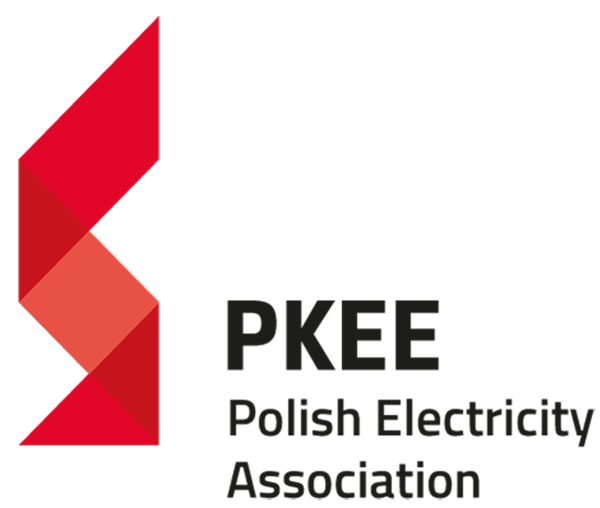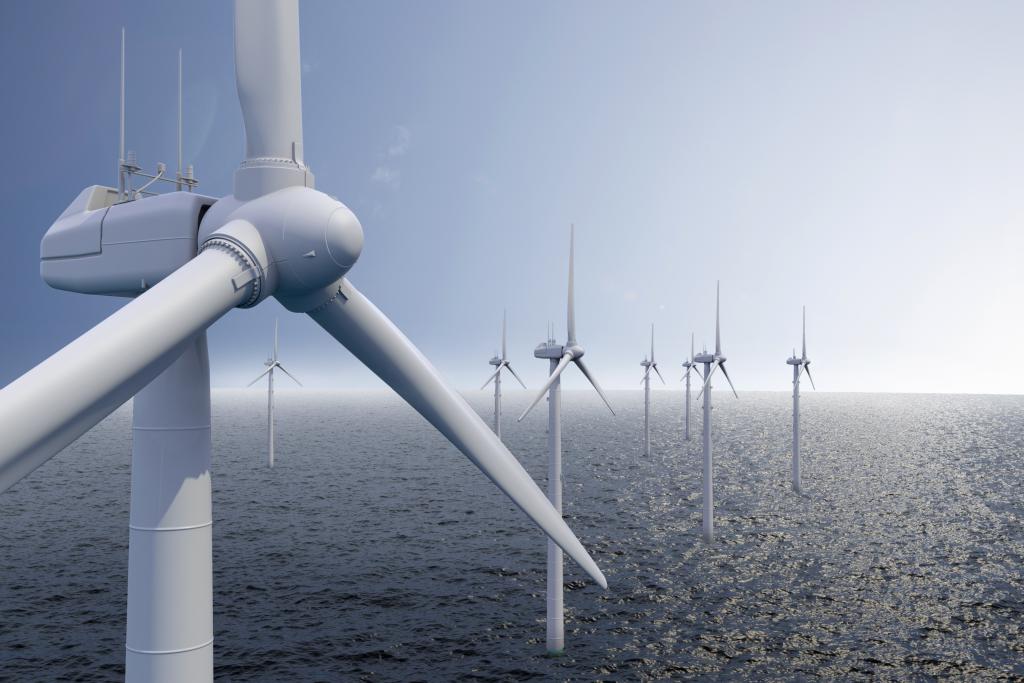Discussing the matters relating to the EU strategy on offshore renewable energy was the main objective of the debate organised by European Energy Forum (EEF) in cooperation with the Polish Electricity Association (PKEE) and WindEurope. The meeting, attended by the European Union officials and the representatives of the European energy sector companies took place on December 10, 2020 EU Strategy for Marine Renewable Energy was the main objective of the debate organised by the European Energy Forum (EEF) in cooperation with the Polish Committee for Electricity (PKEE) and WindEurope. The meeting, attended by MEPs, European Commission officials and representatives of European energy companies, took place 10 December 2020.
During the high-level panel, the participants – MEPs: Maria Spyraki, Pernille Weiss, Sean Kelly, Radan Kanev, Nicolás González Casares, Mikulas Peksa, CEO of Wind Europe: Giles Dickson, Head of Unit Networks and Regional Initiatives, DG ENER European Commission: Joachim Balke and Director of the PKEE: Tomasz Dąbrowski - discussed how Baltic countries can become the area with second-largest offshore wind potential in Europe. Moreover, the debate focused on what regulatory framework will unlock the necessary investments in this technology.
Tomasz Dąbrowski, Director of the Polish Electricity Association has stressed that the European Commission in the EU offshore renewable energy strategy estimates that by 2030 the EU will reach an installed capacity of at least 60 GW in offshore wind by 2030 and 300 GW by 2050. - We welcome the Commission’s acknowledgment that for the Baltic Sea this potential accounts for approximately 93 GW of offshore wind capacity in 2050. We consider it as a clear indication for designing the national offshore wind regulatory frameworks - he said. - It is worth mentioning that, at the end of September, Poland, the European Commission and 7 other countries of the Baltic Sea region: Denmark, Estonia, Finland, Lithuania, Latvia, Germany and Sweden signed the "Baltic Declaration for Offshore Wind Energy". We are convinced that thanks to cooperation, the region will make a step forward to deploy significant renewable energy sources to timely contribute to the EU climate and renewable energy targets - he added. The Director of the PKEE noted that recently, a major milestone has been made to establish the first dedicated offshore wind support scheme in Poland. At the end of November, the Polish Council of Ministers approved the draft offshore support scheme act. Moreover Members of the PKEE are actively involved in offshore wind energy projects. - PGE is engaged in the development of offshore wind farms in Poland and with the projects currently carried out PGE will have up to 2.5 GW of installed capacity in the Baltic Sea by the end of 2030. Enea included strategic investments in offshore wind farms in its Long-Term Strategy and Tauron is exploring the possibilities of offshore investments under “Tauron Green Turn” update of strategic directions. Energa also follows this path through the envisaged participation in the construction of 1.2 GW in offshore wind farms carried out by its shareholder PKN Orlen - he clarified. - he stated. - In this context, it is worth recalling that at the end of September, Poland, the European Commission, as well as seven other countries in the Baltic region: Denmark, Estonia, Finland, Germany, Latvia, Lithuania and Sweden, signed the "Baltic Declaration for Offshore Wind Energy". We are confident that by working together, the region will take a significant step towards implementing renewable energy sources to actively contribute to the EU's climate and renewable energy goals - he added.
According to Director Dąbrowski grid investments are the backbone of successful integration of offshore renewable electricity. - We perceive this area in two dimensions: first - providing for a grid infrastructure to actually connect our offshore assets to the inland grid, second – to ensure sufficient capacities to avoid the bottlenecks in the inland systems - he explained.
– he added.
According to Director Dabrowski, grid investments are the basis for the successful integration of offshore renewable energy into the National Electricity System. - We see this area in two dimensions. First: providing the grid infrastructure to connect our offshore resources to the onshore grid. Second: guaranteeing sufficient transmission capacity to avoid any congestion in onshore energy systems. - he explained.

